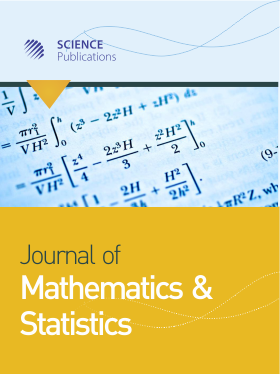Laminar Forced Convection and Heat Transfer Characteristics in a Square Channel Equipped with V-Wavy Surface
- 1 King Mongkut’s University of Technology North Bangkok, Thailand
- 2 King Mongkut’s Institute of Technology Ladkrabang, Thailand
Abstract
The numerical investigations on flow pattern and heat transfer characteristic in a heat exchanger channel equipped with V-wavy surface are examined. The influences of the flow attack angles (α = 15°, 20°, 25°, 30°, 35°, 40°, 45°, 50°, 55° and 60°) and wavy surface arrangements (V-tip pointing downstream called "V-Downstream", V-tip pointing upstream called "V-Upstream) are investigated for laminar regime, Re = 100-1200. The finite volume method with SIMPLE algorithm is used to solve the current research. The numerical result shows that the addition of the wavy surface in the heat exchanger channel can help to develop the heat transfer rate and thermal performance. The wavy surface generates the vortex flow through the test section that disturbs the thermal boundary layer on the heat transfer surface. The insertion of the wavy surface in the heating channel gives higher heat transfer rate around 1.5-10 times above the smooth channel depended on the flow attack angle, Reynolds number and wavy surface arrangement. In addition, the optimum thermal performance is around 3.0 at Re = 1200, α = 40° and V-Upstream.
DOI: https://doi.org/10.3844/jmssp.2017.251.260

- 3,448 Views
- 1,877 Downloads
- 2 Citations
Download
Keywords
- Heat Transfer Rate
- Thermal Performance
- Wavy Surface
- Heat Exchanger
- Finite Volume Method
